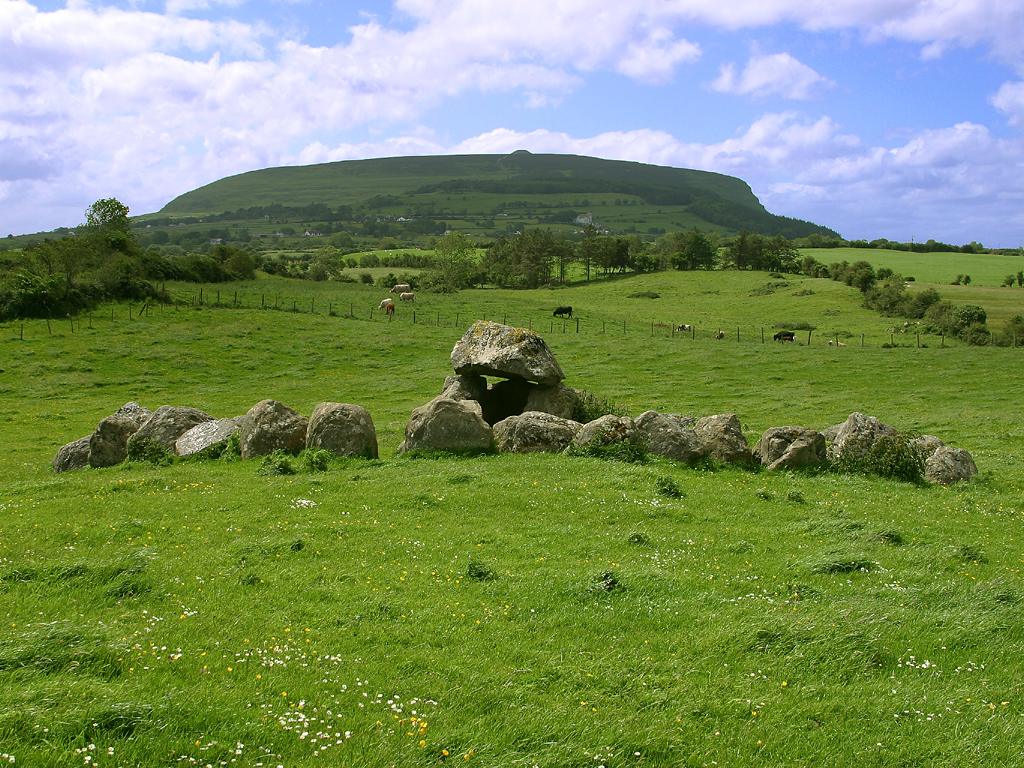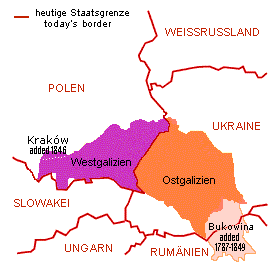I am going to put forward an idea I have had since I moved to Krakow first from Sligo (West coast of Ireland).
That the mounds in Krakow are in fact Celtic Cairns built before the Slavs arrived in the Bronze age (1800-1600 BC).
en.wikipedia.org/wiki/Bronze_Age
Sligo's landscape is dominated by a cairn "Knocknarea"
en.wikipedia.org/wiki/Knocknarea
(large hill with a stone structure on the top) It looks kind of like a breast with a nipple. There are many more in the area but I would just like to give you an example.
Knocknarea with a Carrowmore tomb in the foreground:

Medb's cairn at the summit of Knocknarea:

And here in Krakow there are two older ''Kopiec'' that I think may be left from the Celts and it appears I am not the only one:
The age and the original purpose of the mound remain a mystery. Excavations conducted in mid-1930s revealed that the mound consists of a solid wooden core covered with soil and turf. Some artifacts dating from between the 8th and 10th centuries were found inside, but no human remains were discovered. According to another hypothesis the mound is of Celtic origin and dates from the 2nd-1st century BCE.[2]
Wiki
The pair of man-made barrows some fifty feet high (16.7 m and 14.6 m respectively) upon natural elevations 5,5 miles apart were easily seen from afar. And together with two natural Krakow hills they constitute a gigantic astronomical calendar. From the westernmost Sikornik mountain one can observe the sunrise exactly over the Wawel Hill on the spring equinox as well as on the autumnal one, and over the Mound of Krak on November 1, i.e. the Celtic New Year's Day. While watched from the Mound of Krak, the sun rises over the Mound of Wanda on the eve of the second biggest feast of Celts, May 1.
krakow-info/mounds.htm+mounds+krakow&cd=2
The Krakus Mound contains, according to legend, a tomb of Krak, the ancient ruler of Cracow. In reality it was more likely to have been used as a religious site of the Celts.
Krakow 4 U
There is also a theory linking the rise to mounds (Krakusa and Wanda) With the presence of Celtic in this area. The Celtic culture of mounds served an important function of a cult, just might be in this case. It was observed that azimuth connecting the two mounds is consistent with the azimuth of sunrise on 1 May. Similar compliance was found in the case of two mounds in the vicinity Przemysl
en.wikipedia.org/wiki/Krakus_Mound
Today these cairns still dominate the landscape.
en.wikipedia.org/wiki/Galicia_%28Eastern_Europe%29
Some History of the Celts in Europe and Galicia
Here's a map:

Which fits the Celtic territory: Poland Celtic
The region has a turbulent history. In Roman times the region was populated by various tribes of Celto-Germanic admixture, including Celtic-based tribes - like the Galice or "Gaulics" and Bolihinii or "Volhynians" - the Lugians and Cotini of Celtic, Vandals and Goths of Germanic origins (the Przeworsk and Púchov cultures).
I included the part about Serbs for you Crow ;)
en.wikipedia.org/wiki/Galicia_%28Eastern_Europe%29#Tribal_area - Galicia (Eastern Europe) Wiki
This is just a theory, I have no really proof and there seems to be very little information on it.
Perhaps someone can refute it or add more.
 PolishForums LIVE / Archives [3]
PolishForums LIVE / Archives [3]


